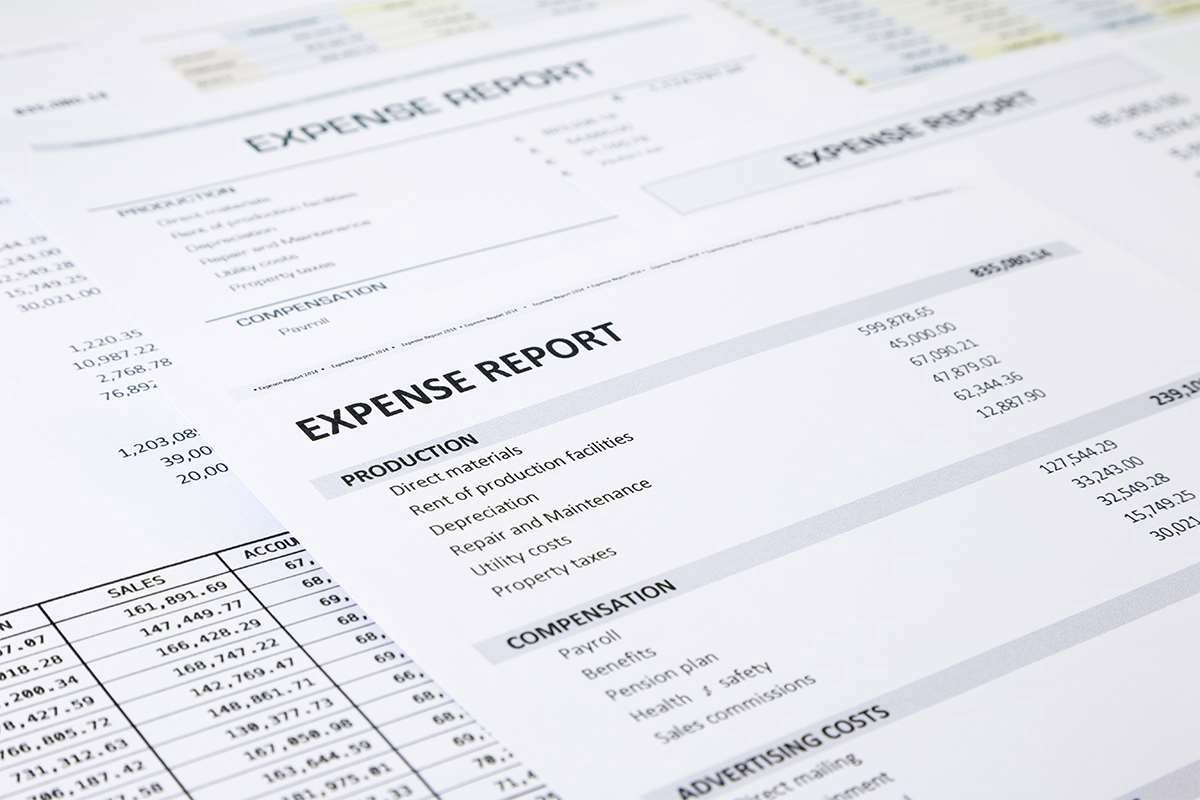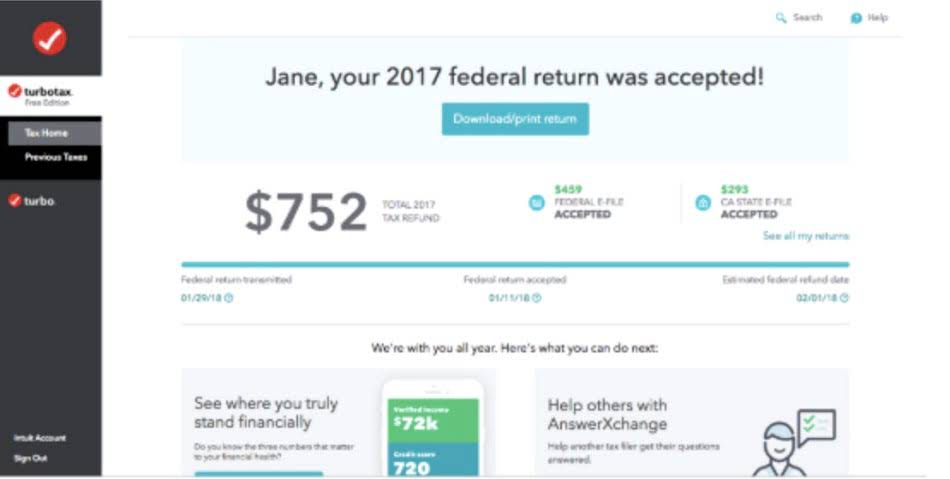What Is an Accounts Receivable Reserve? with picture
Since the allowance method estimates an uncollectible account at the end of the year, it adheres to generally accepted accounting principles (GAAP). The reserve account is created based on either the year’s sales or the balance of accounts receivable. The unpaid invoices that customers owe you for the services and products they previously purchased are known as accounts receivable.
- The most prevalent approach — called the “percent of sales method” — uses a pre-determined percentage of total sales assumption to forecast the uncollectible credit sales.
- Most balance sheets report them separately by showing the gross A/R balance and then subtracting the allowance for doubtful accounts balance, resulting in the “Accounts Receivable, net” line item.
- Businesses set up a reserve account as a precaution that will help to offset the unpaid invoices.
Since then, he has contributed articles to avariety of print and online publications, including SmartCapitalMind, and his work has also appeared in poetry collections,devotional anthologies, and several newspapers. Malcolm’s other interests include collecting vinyl records, minorleague baseball, and cycling. GAAP since the expense is recognized in a different period as when the revenue was earned. Create s savory salad by mixing AR Reserve dressing with your choice of greens topped with cucumbers, tomatoes, olives, and feta cheese.
What Is Cash Basis Profit & Loss?
Otherwise, it could be misleading to investors who might falsely assume the entire A/R balance recorded will eventually be received in cash (i.e. bad debt expense acts as a “cushion” for losses). The allowance for doubtful accounts is management’s objective estimate of their company’s receivables that are unlikely to be paid by customers. By way of illustration, financial vs managerial accounting if your company has $10,000,000 in receivables in a given year and customers fail or refuse to send $500,000, using the direct write-off bad debt calculation method. The most prevalent approach — called the “percent of sales method” — uses a pre-determined percentage of total sales assumption to forecast the uncollectible credit sales.
A large reserve may be caused by low-quality customers, which may in turn be caused by a company’s reduced attention to screening the financial condition of prospective customers. Thus, a large bad debt reserve is ultimately caused by inattention to the corporate credit policy. Different customers are evaluated separately across various industries and global markets in order to properly formulate accurate predictions. Calculations of the bad debt reserve assist financial teams in better managing and accounting for questionable accounts or cash flow. Nevertheless, if unanticipated events or other factors have a negative impact on cash flow, bad debt estimates may not be accurate.
Businesses and companies set up an “AR reserve” account to cover losses incurred when customers refuse to pay outstanding invoices. The majority of businesses and companies give their customers credit when selling them goods and services. The difficulty in using a bad debt reserve is how to estimate the amount of bad debt to record. https://www.online-accounting.net/bookkeeping-101-a-beginners-guide/ This is typically derived by carrying forward a company’s historical bad debt percentage, though this amount can be adjusted for more particular knowledge of the collection probability of specific receivables. Once derived, the accounting transaction is a debit to the bad debt expense account and a credit to the bad debt reserve.
There are a number of strategies that can be used to determine the amount of funds that are allocated to an accounts receivable reserve. One of the more common approaches is to make use of historical data that involves the both the percentage and the actual amounts of invoice defaults that occurred within a given time frame. A slightly different approach calls for basing the amount on the aging of invoices, with the balance in the reserve based on the sum total of invoices that are over 90 days old. Choosing the best approach often depends on the circumstances of the business proper, and how easily the company could recover if older invoices are ultimately not paid in full. The bad debt reserve is a provision for the estimated amount of bad debt that is likely to arise from existing accounts receivable.
Failure to pay may be the result of a customer disputing the charge, filing for bankruptcy, or otherwise defaulting. Depending on the reasons for bad receivables, the period of sale, and the time you record the invoice as uncollectible, there are different ways to create a reserve account on receivables. Examining Specific Accounts Despite the fact that using percentages based on prior experience yields a mathematical solution, the majority of businesses and auditors prefer to look at specific accounts. Since a loss on a single account could have a significant impact on receivables losses and reserves, auditors typically examine all large balances (defined as “large” relative to the company”). Accounts with older balances, those involved in litigation, collection efforts, or bankruptcy may have specific information from creditors that shows the standard loss percentage does not accurately reflect likely losses.
What is a Bad Debt Reserve?
According to a recent CFO magazine survey, two thirds of the time when auditors question financial statements, it is a reserve balance that is in question. Auditors are paying closer attention than ever to bad debt expenses and receivables reserves in the current climate of increased focus on financial statements. And there has been a significant increase in the number of businesses struggling to pay their bills on time or at all during these challenging economic times. We now routinely conduct thorough reviews with clients at quarter’s end to accurately estimate commercial receivable reserves and provide documentation supporting these estimates.
The bad debt reserve is designed to be an offset to the trade receivables account, with which it is paired on the balance sheet. If the balance in the reserve is relatively small, then the reserve may be aggregated with the total amount of accounts receivable, so that only a single receivables line item is reported on the balance sheet. The allowance for doubtful accounts (or the “bad debt” reserve) appears on the balance sheet to anticipate credit sales where the customer cannot fulfill their payment obligations. The bad debt expense is entered as a debit to increase the expense, whereas the allowance for doubtful accounts is a credit to increase the contra-asset balance. The projected bad debt expense is matched to the same period as the sale itself so that a more accurate portrayal of revenue and expenses is recorded on financial statements.
Bad debt reserve definition
In accordance with GAAP revenue recognition policies, the company must still record credit sales (i.e. not cash) as revenue on the income statement and accounts receivable on the balance sheet. The Allowance for Doubtful Accounts is a contra-asset account that estimates the future losses incurred from uncollectible accounts receivable (A/R). The allowance method estimates the “bad debt” expense near the end of a period and relies on adjusting entries to write off certain customer accounts determined as uncollectable.
The receivables account has a natural debit balance, while the bad debt reserve has a natural credit balance. For example, a balance sheet may reveal $1,000,000 of accounts receivable, against which is offset $50,000 of bad debt reserve. Guidelines regarding when to make use of the funds in an accounts receivable reserve will vary. Some companies require that delinquent customer accounts must be submitted for collections before funds from the reserve can be used to offset the losses. Other firms employ a practice of withdrawing funds from the accounts receivable reserve when invoices reach a certain level of aging, such as 120 days after issue. It is possible for a business that sells on credit to not collect the full amount of credit.
Accounts receivable (AR) is a line item in the general ledger (GL) that represents cash owed to a company by clients who have made credit-based purchases of goods or services. Accounts receivable (AR) is the opposite of accounts payable, which are the invoices a business must pay to a vendor for the goods and services it purchases. The process of collecting debts owed to a company is known as accounts receivable, or AR, collections. Finding the debtor must come first, followed by a method of getting in touch with them to request payment. Companies can examine the extent to which historical losses increased or decreased as gross domestic product growth slowed or improved using regression analysis.
You can use it as a dressing on any salad you choose and many enjoy it with crackers or carrots as a snack. For the past 52 years, Harold Averkamp (CPA, MBA) has worked as an accounting supervisor, manager, consultant, university instructor, and innovator in teaching accounting online. GAAP allows for this provision to mitigate the risk of volatility in share price movements caused by sudden changes on the balance sheet, which is the A/R balance in this context. A Lesson from Henry Ford Henry Ford inspected Ford vehicles that were no longer on the road while visiting junkyard after junkyard. This assisted him in identifying components that were constantly worn-out, suggesting that better performance on these components could boost customer satisfaction in the future. He reasoned that a component that was almost always in excellent working condition on junked vehicles was one that was made too well, offering a chance to reduce its price in the future and avoid wasting money.
Applying historical loss rates to current receivables is not always sufficient because future circumstances may be very different from those of the past. Many businesses realized that their historical loss percentages could not accurately reflect likely losses in an economic downturn when looking towards the current recession, the first in ten years. Perhaps their loss percentages didn’t include information from the previous recession, or their company’s operations and/or customer base had significantly changed since then. Financial executives must predict how the recession will affect their customer base in this situation and adjust the loss factors accordingly. Auditors pay close attention to the amount set aside for each type of outstanding debt at the end of a reporting period. If auditors believe that losses on the receivables will exceed the reserve balance during the reporting period, they will typically demand an increase in the reserve and a corresponding increase in the bad debt expense.



